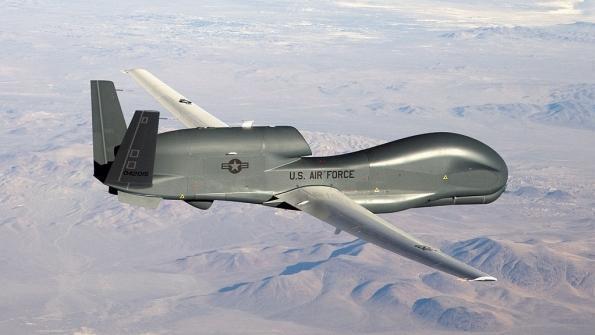
Credit: USAF
The Senate Armed Services Committee has passed its version of the fiscal 2024 defense policy bill, supporting President Joe Biden’s budget request in many cases—such as easing restrictions on the retirement of A-10 fighters—but pushing back in other areas, including blocking the divestment of any...
Subscription Required
This content requires a subscription to one of the Aviation Week Intelligence Network (AWIN) bundles.
Schedule a demo today to find out how you can access this content and similar content related to your area of the global aviation industry.
Already an AWIN subscriber? Login
Did you know? Aviation Week has won top honors multiple times in the Jesse H. Neal National Business Journalism Awards, the business-to-business media equivalent of the Pulitzer Prizes.





